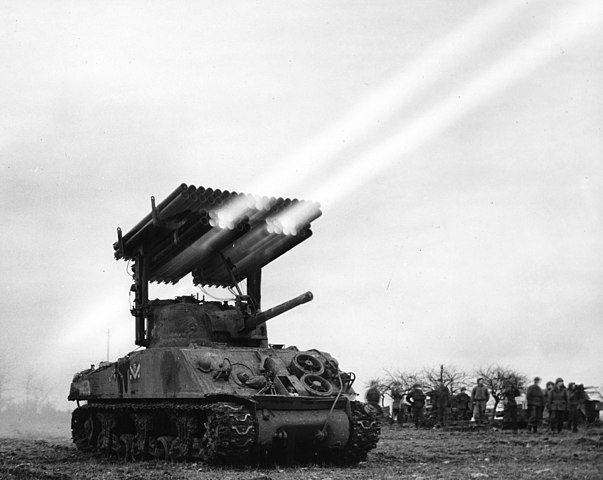We just learned about the Royal Palace of Madrid.
Another famous palace is the Château de Chambord, built in 1547 in Chambord, France.
It was built as a hunting lodge for King Francis I, but he hardly ever stayed there.
There are four main towers around the outside, and a keep on the inside with four more towers.
The walls have many more towers going up, so looking at it from the side you can see eleven towers!
It is surrounded by a moat.
There is a very fancy double spiral staircase inside, that has one set of spiral stairs going up, and then another set going down, and they don't run into each other!
During the French Revolution in 1792, people did not like the rich or famous anymore, so they sold off all of the furniture inside, and tore down the wall panels and the flooring.
It was later used as a hospital, as storage for paintings from the Louvre during the war.
During World War II an American bomber airplane crash landed right on the lawn in front of the palace!
In the 1950s people worked to clean it up, and it is now a museum and place for people to go visit.





(from: wikipedia - château de chambord)
Kid Facts - Blast from the past: Yucatan









